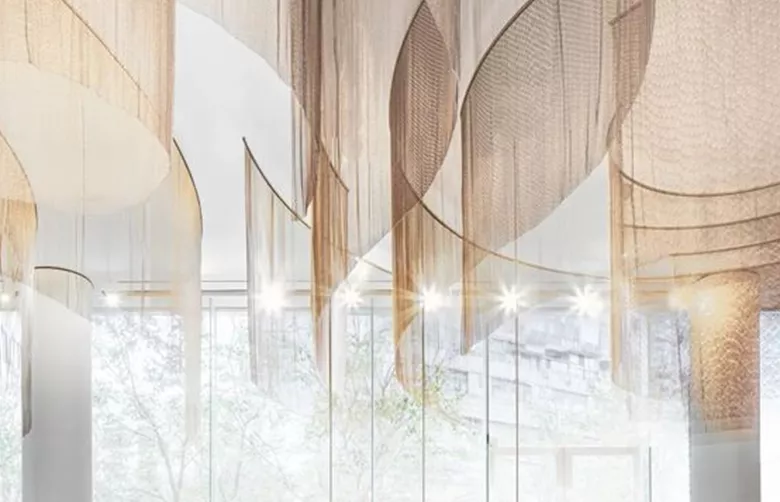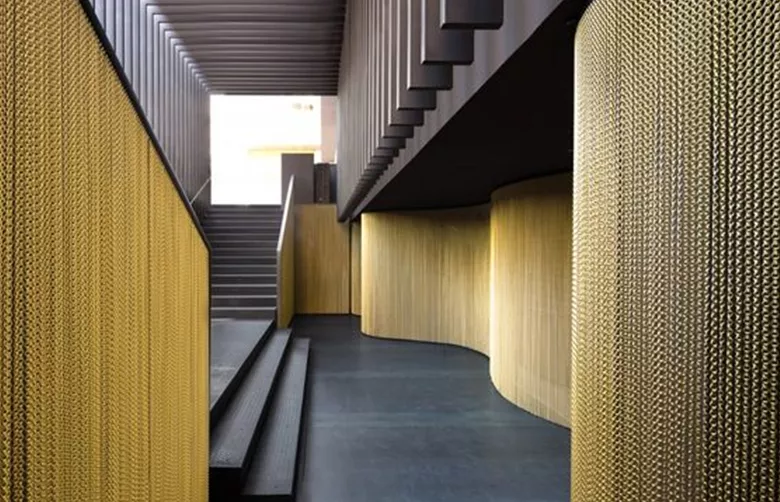-
About UsProductsCustomized SolutionProjectGalleryNews
What are some of the challenges of integrating woven metal interiors into a space
Release time: July 03, 2023Integrating woven metal interiors into a space can be challenging, as it requires specialized skills and expertise. Here are some of the challenges of integrating woven metal interiors into a space:
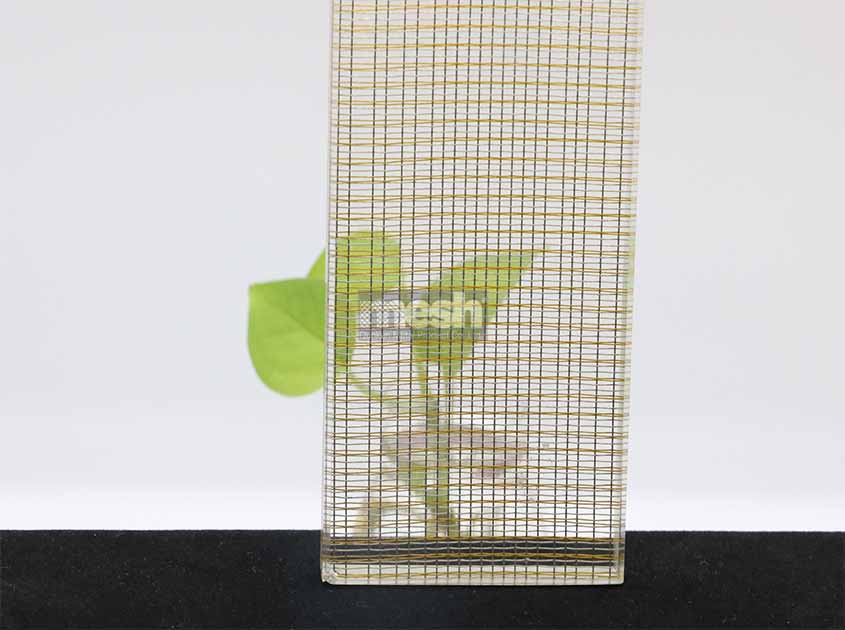
Structural Support: Woven metal interiors require appropriate structural support to ensure their stability and longevity. The mesh or fabric panels must be securely anchored to the wall or ceiling, and the framing must be strong enough to support the weight of the metal panels.
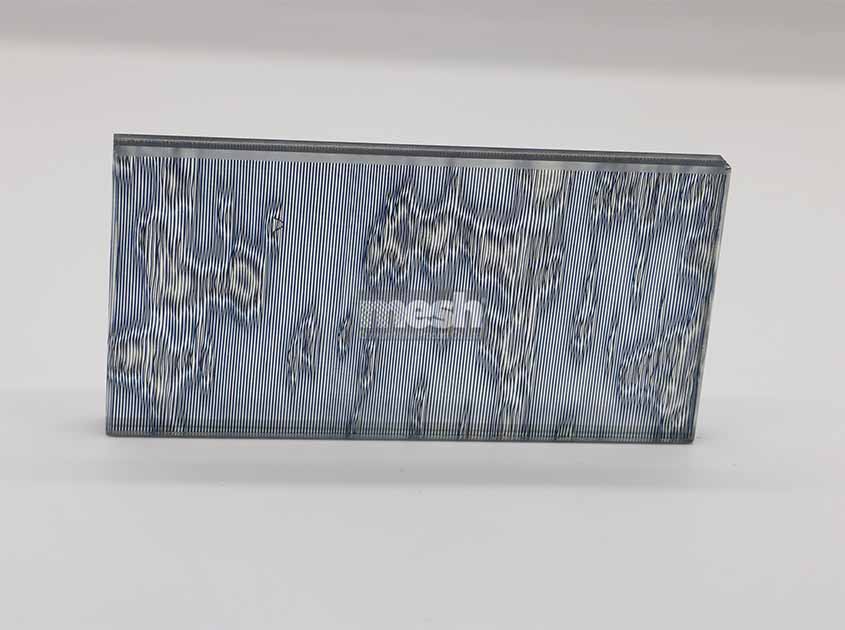
Precision: Woven metal interiors require precise integration to ensure that the design is consistent and aesthetically pleasing. The panels must be integrated straight and level, and the patterns must be aligned correctly. This requires a high level of precision during integration.
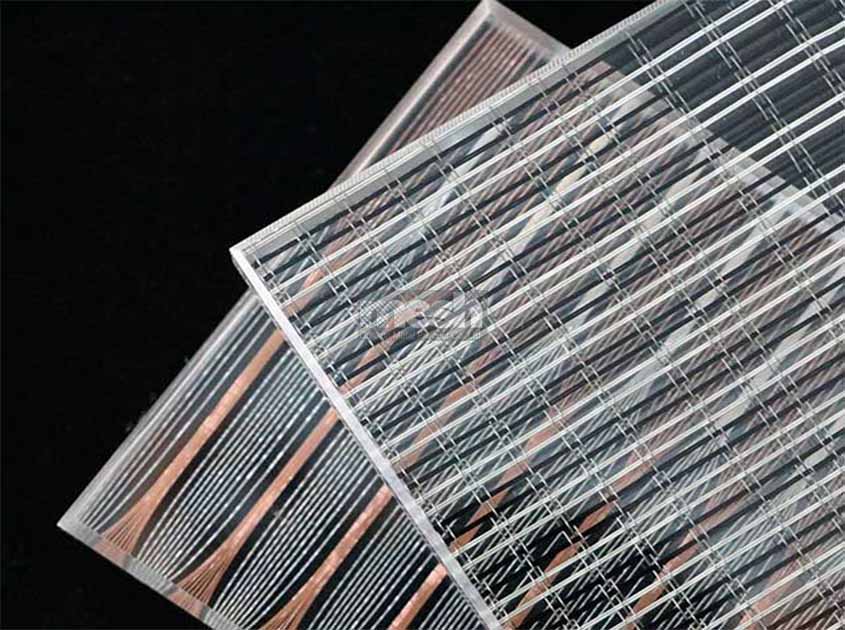
Electrical and Mechanical Integration: Woven metal interiors may require integration with electrical or mechanical systems, such as lighting or HVAC systems. This requires coordination with other trades and expertise in the integration of these systems.
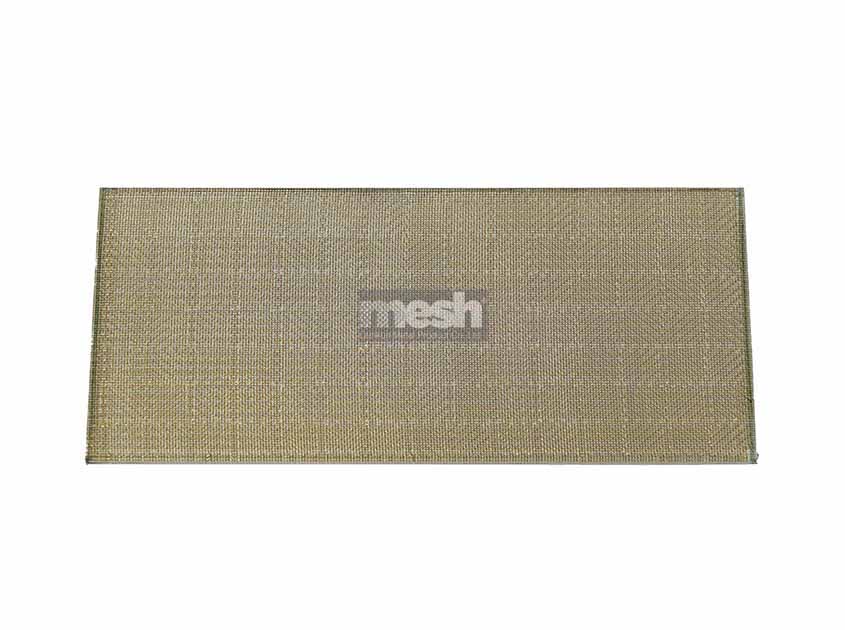
Safety: The integration of woven metal interiors may require working at height or in confined spaces. This presents safety challenges that must be addressed to ensure the safety of the integration team.
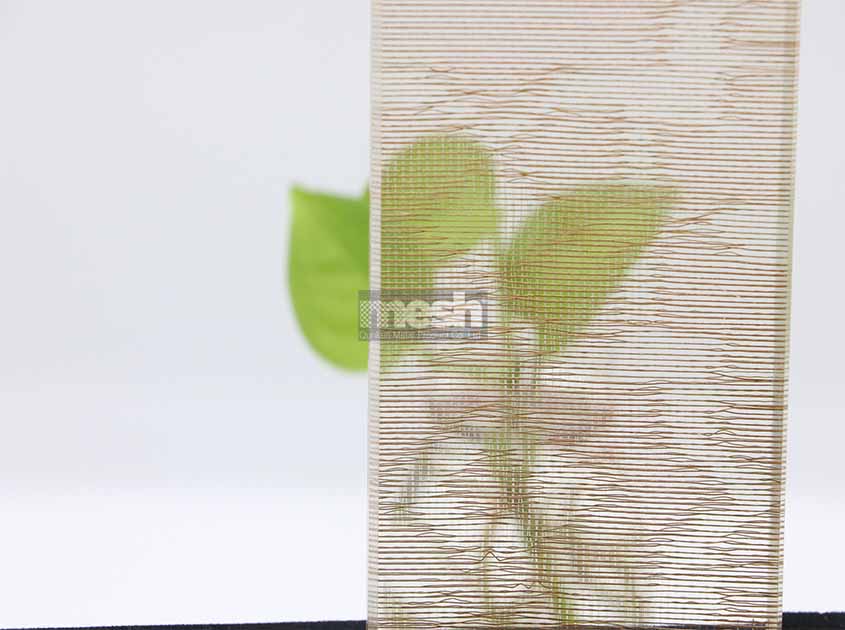
Cost: Woven metal interiors can be more expensive than traditional materials, such as drywall or plaster. This makes it important to carefully consider the cost-benefit analysis when deciding whether to integrate woven metal interiors into a space.
Overall, the integration of woven metal interiors requires specialized skills, equipment, and expertise. Property owners and contractors should work with experienced professionals who have the necessary expertise to ensure that the integration is done safely and accurately. Proper integration is critical to ensuring that woven metal interiors provide the desired aesthetic and functional benefits and remain in good condition for the long term.
Recommended News



